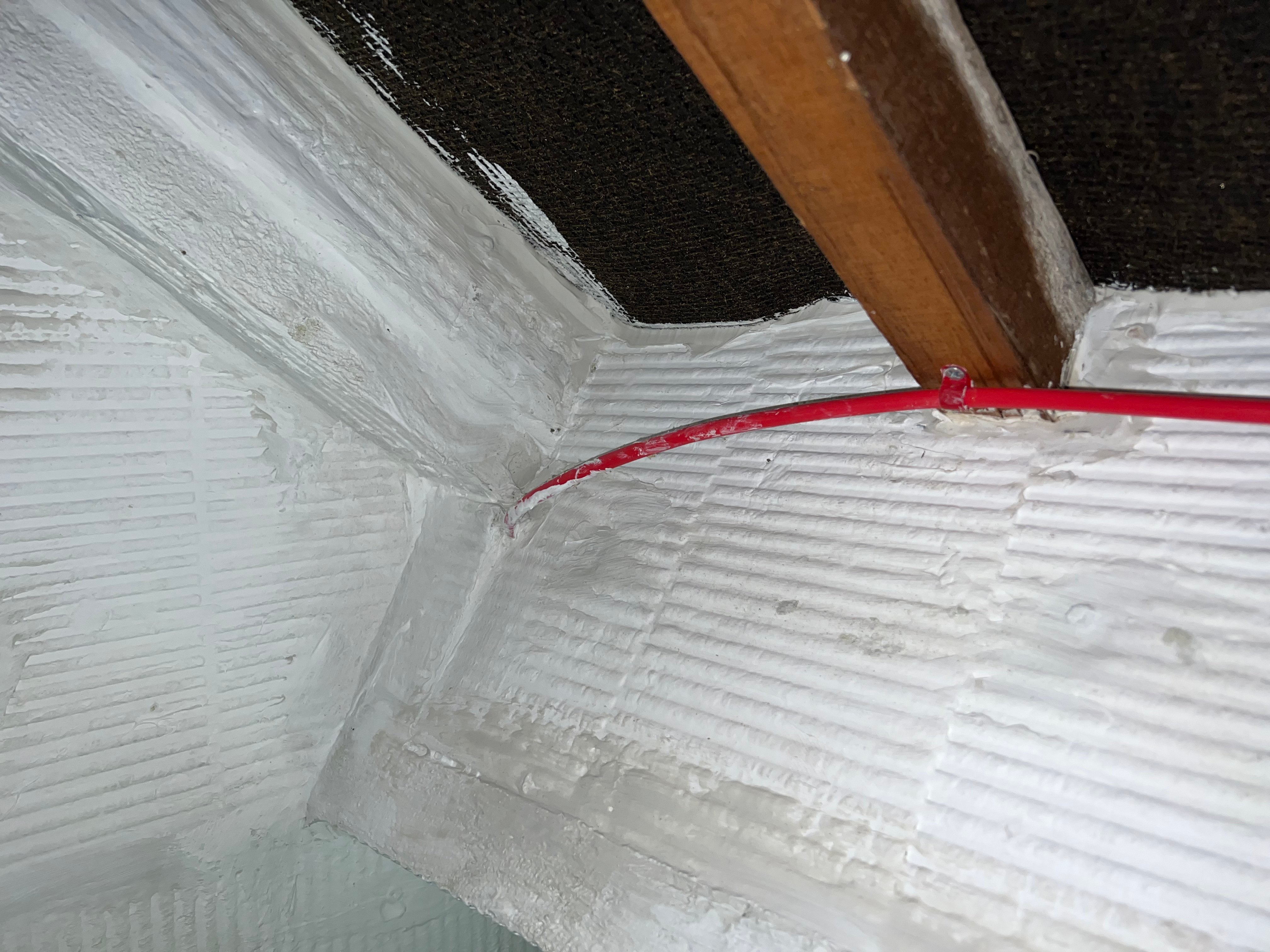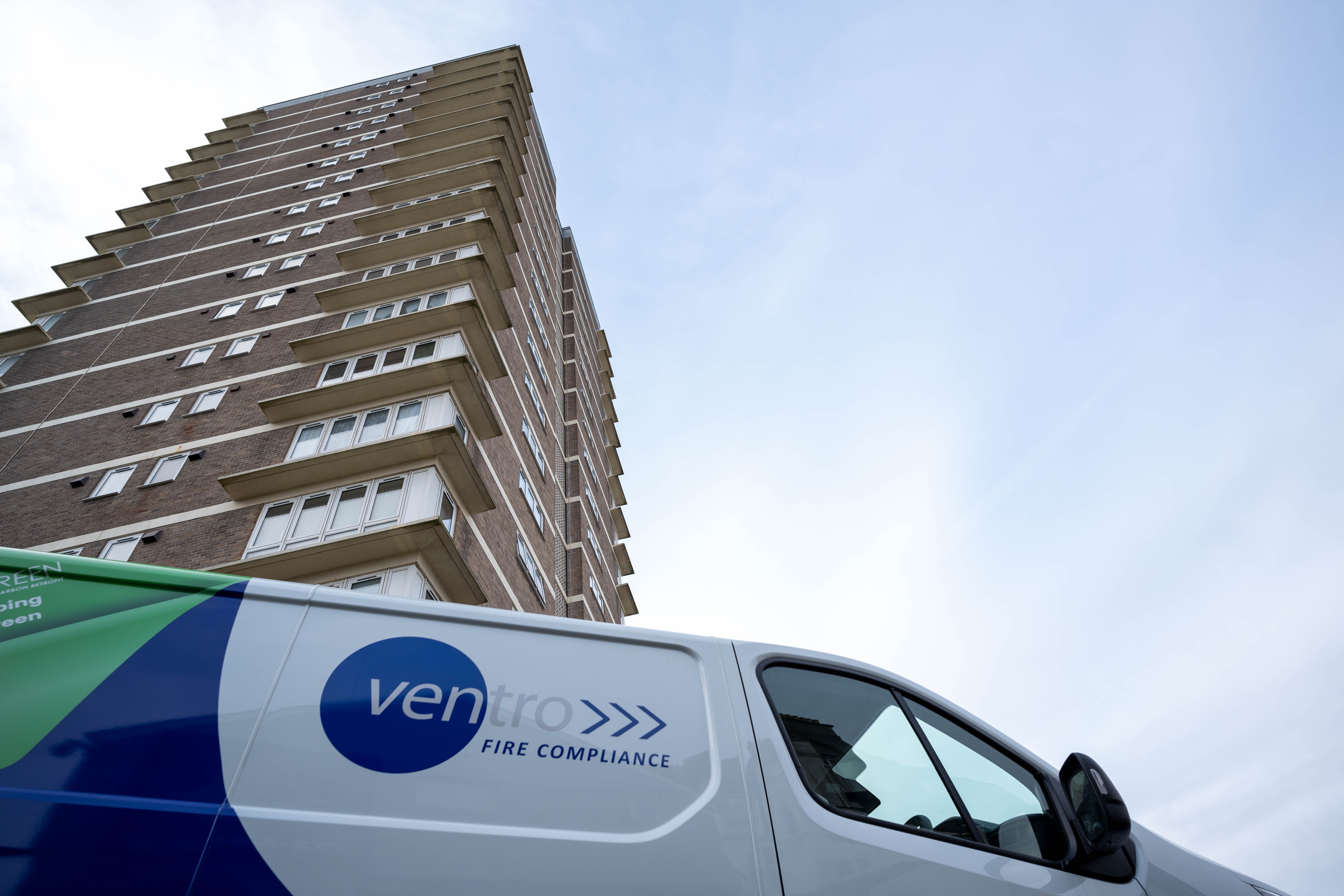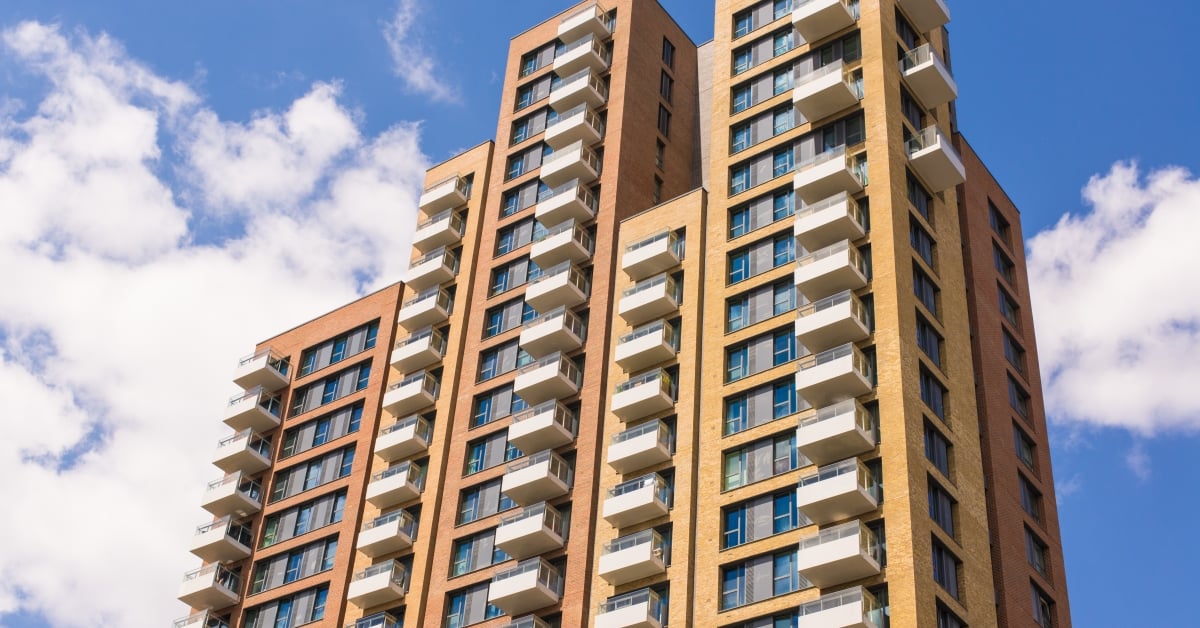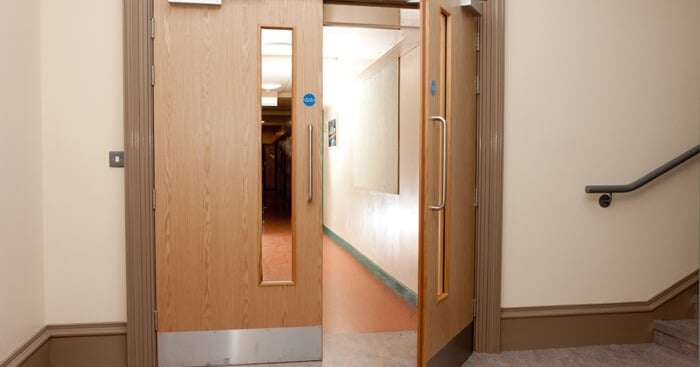What Is the UK Standard for Fire Stopping?

Fire stopping is a critical element of fire protection for any building type. Its purpose is to prevent or slow down the spread of fire and smoke by keeping it within zones and compartments, saving lives and assets.
In this article, we’ll take a deeper look at what fire stopping is, who’s responsible for having the correct fire stopping procedures in place on premises and also the different UK laws and regulations you should follow regarding fire stopping requirements.
- What Is Fire Stopping?
- Who's Responsible for Fire Stopping?
- What UK Laws and Regulations Need to Be Followed in Regards to Fire Stopping?
What Is Fire Stopping?
Fire stopping can be defined as the sealing of any openings to prevent fire (including smoke and heat) from passing through multiple building compartments.
These compartments are separated by compartment walls and compartment floors made of a fire-resisting construction that hinders the spread of fire from one area to another.
Fire stopping measures, when installed correctly, can contain a fire for up to four hours. This is so important because you’re then given plenty of time to fully evacuate a building, ensuring everyone on a premises is safe and sound should a fire occur.
A range of products can be installed into a building to help with fire stopping. Some of these include:
- Fire-Rated Ablative Batts
- Sealants
- Pipe Collars and Pipe Wraps
- Fire-Rated Paints and Coatings
Fire-Rated Ablative Batts
Ablative Fire Batts are designed to form an air seal barrier to enhance the fire resistance of floors, walls and ceilings. When installed properly, they are able to provide up to four hours of fire resistance.
Hidden gaps can leave a premises vulnerable to the fast spread of fire should an incident take place. By installing fire-rated batts, the spread can be slowed down, ultimately providing more time for people to evacuate.
Sealants
Fire sealants have the ability to seal joints and service gaps in fire walls, partitions and other types of fire stopping products.
There are different types of fire sealants available, such as heat-resistant glue and high-temperature silicone sealant. Which ones you will need depends on the type of fire stopping products you have on your premises.
If you’re unsure on what sealants are needed, a fire safety expert can offer the guidance you need to fill all the gaps - literally!
Pipe Collars and Pipe Wraps
Most premises have pipes in them. If these pipes are subject to fire, they can quickly penetrate the walls that they are located behind.
A fire collar can be fitted around the base of a pipe and attached to masonry, plasterboard or concrete partitions. By doing so, the fire collar reinstates the wall’s resistance and can offer up to four hours of fire resistance.
A pipe wrap will help you achieve the end result. However, the main difference is that there is no metal band around it. Therefore, it needs to be inserted within a solid construction masonry wall so that the intumescent material can only expand inwards and seal the hole.
Fire-Rated Paints and Coatings
Fire retardant paints and coatings are commonly used in large scale buildings and new builds. They have become a key part of fire legislation in recent years and it is law for most buildings walls to use them.
Like the rest of the fire stopping products mentioned above, the aim of fire-rated paints and coatings is to stop fire from spreading at pace.
Once fire penetrates a wall, the building becomes vulnerable to fire and smoke spreading rapidly. By using fire-rated paints and coatings, you can buy more time for people to evacuate your building safely.
Who's Responsible for Fire Stopping?
Numerous legislation and guidelines regarding fire stopping apply to all construction sites and buildings undergoing renovation. At this stage, designers and constructors have a responsibility to comply with the different legislation. Learn more about the latest legislation below.
However, the burden of maintaining and ensuring fire stopping legislation remains in place after the project is completed. The ultimate responsibility will lie with the ‘Accountable Person’ for that particular premise.
This may vary depending on the premises in question. For residential buildings, the landlord will usually be accountable. For commercial premises, the person responsible for fire stopping will be the business owner.
It’s always advised that installations are conducted by knowledgeable contractors who can meet the appropriate standards to increase the reliability of the anticipated performance should a fire occur.
Certain legislation should be followed to remain compliant. We’ll run through some of these in the next section.
What UK Laws and Regulations Need to Be Followed in Regards to Fire Stopping?
If fire stopping work carried out on a premises doesn’t comply with UK regulations, the ‘Accountable Person’ may be served an enforcement notice, or even worse, served a fine or potential prosecution.
Therefore, you must be fully aware of the different regulations and what they entail. Here’s a breakdown of the key regulations you should be aware of to ensure you always remain compliant:
- The Building Regulations 2019
- Regulatory Reform (Fire Safety) Order 2005
- The Building Safety Act 2022
It’s predicted the Building Safety Act will come into effect between October 2022 and April 2023. Therefore, the Accountable Person needs to understand what the Act looks like, the types of buildings it applies to and how it’ll change the future of building and fire safety legislation.
We’ve created a comprehensive resource that explores the Act in detail, outlining what it includes and the considerations for the responsible person and Safety Experts as we look towards the future.
Hit the link below to access your free copy.
Sign up for fire safety updates
You'll receive all the latest news and blogs straight to your inbox.







